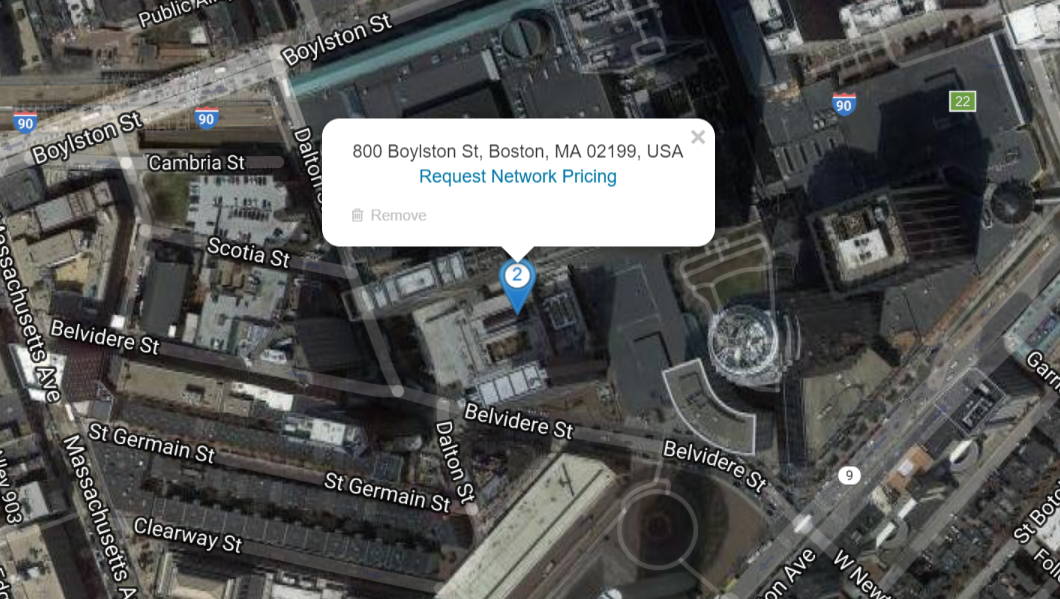To demonstrate that accuracy, take a look a the screenshots below:
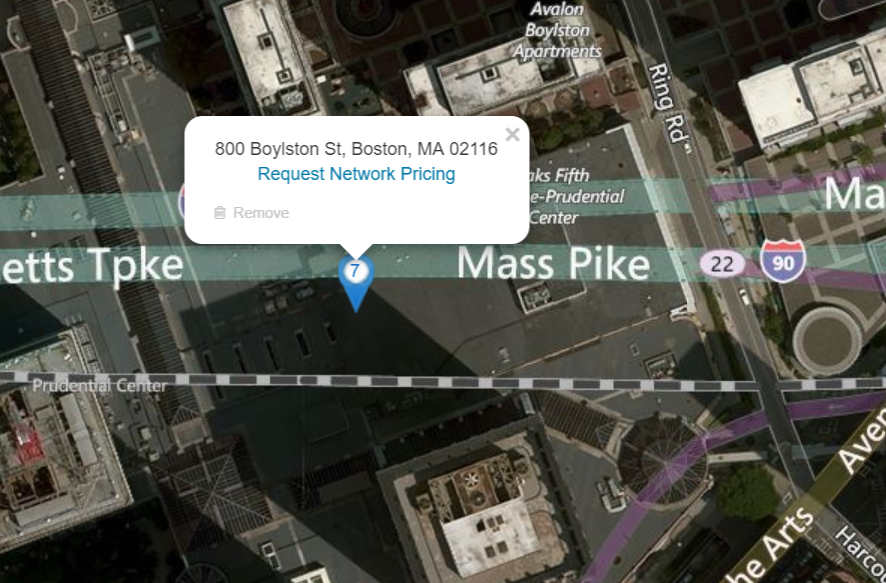
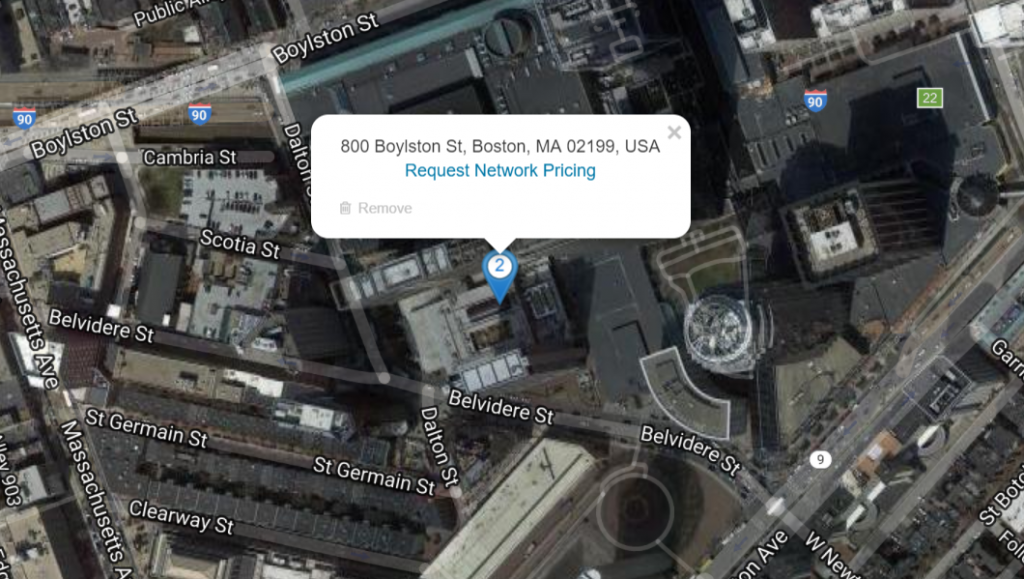
The top image is Bing’s results for a Boston address that shows the requested location in the middle of the Massachusetts Pike. In the lower image we can see the accurate location provided by Google.
Now that the new maps are in place, users can also expect better geocoding (the process of converting addresses into geographic coordinates). Google’s accuracy with geocoding is renowned, as stated in this detailed SmartyStreets article: “If you want to generate a geocode, there are really only two options. Either physically go to the address itself and write down what the GPS says when you get there, or use math to interpolate the position. The first is obviously the most accurate method—you can’t get any more accurate than painting a big red “X” on the front door. We call this “rooftop level” accuracy, and this is the kind of accuracy Google provides.”
Users can also expect a better base map that is updated regularly. The images below illustrate how much more up-to-date Google’s base map is — the image with vacant land is Bing’s result, and the screenshot with an entirely new neighborhood is Google’s result. Google Maps also provides constant address updates, which will help eliminate mismatches and provide more accurate data to our clients.
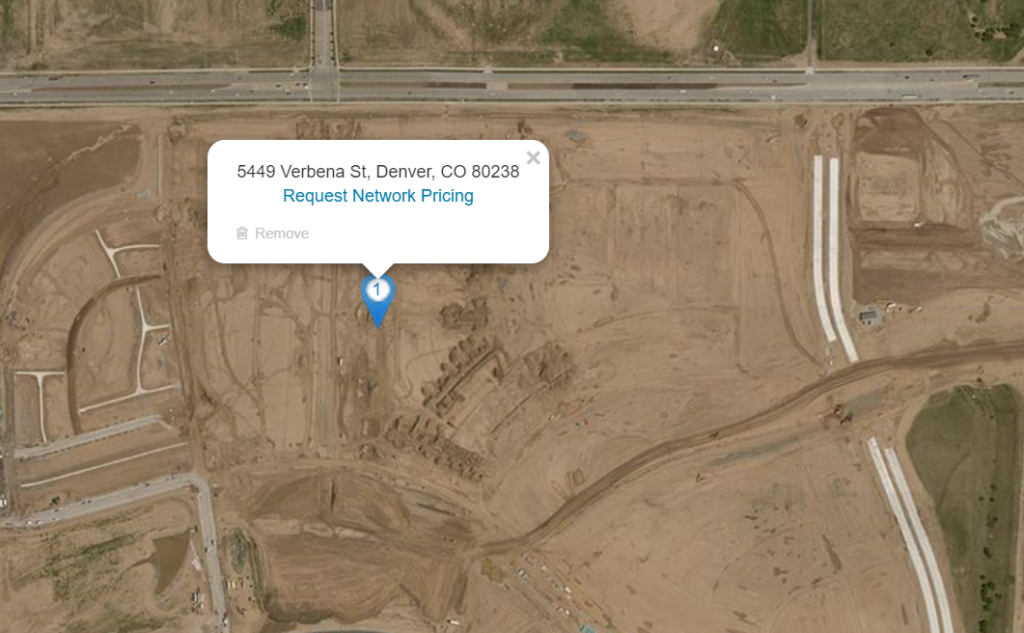
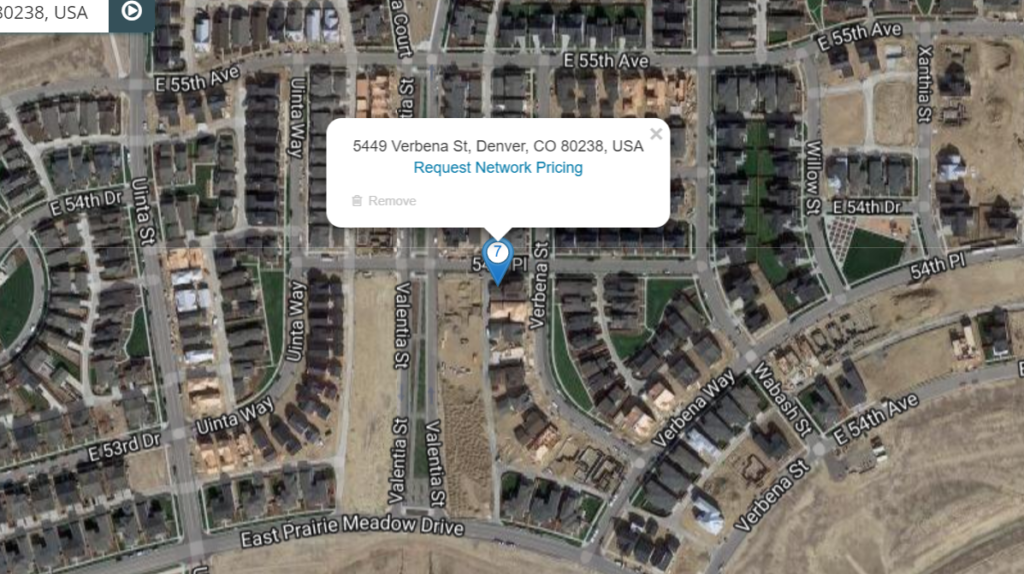
Along with advanced geocoding and a more consistently updated base map, a useful feature is Google Maps’ ability to better guess addresses. In the case of entering the Denver Convention Center into FiberLocator using Bing, it defaults to Denver, CO. Using Google, it knows the location, as shown in the screenshots below:
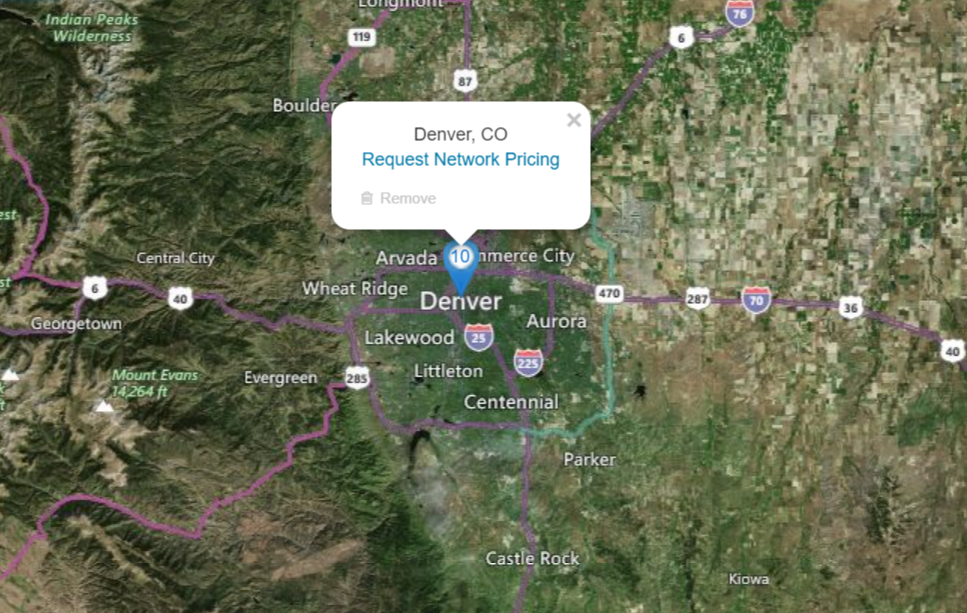
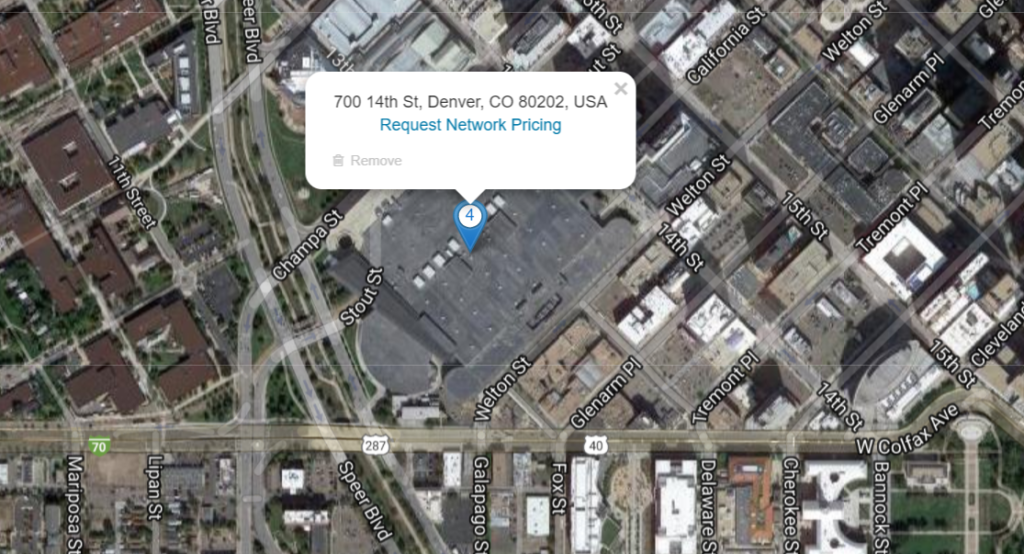
- Additional information from Google Places;
- Auto complete for addresses;
- Google street view.
We’re constantly striving to improve our product, so let us know what other features you need from FiberLocator by emailing support@www.fiberlocator.com.

